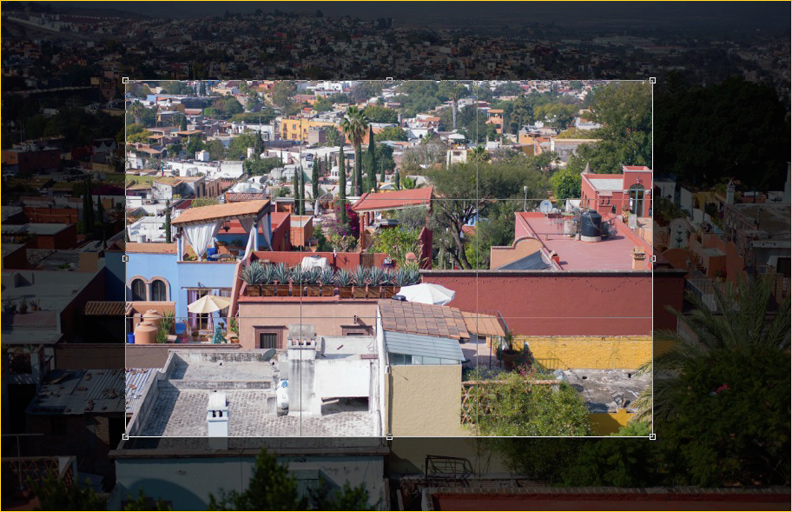Two Shot – Good to show expressions and
relationships between two characters.
Semi / Full Arc - Enables audience to see point of
view of the character and to see their surrounding environment. Done to show
intensity.
Over the Shoulder – To view object or
action
Panning- Left to right and moved upon a
fixed position often used to follow moving object
Crab / Track – Sideways track which helps
audience keep pace with character
Extreme Long Shot – Establishes time and
location showing exterior where characters will just be visible setting the
scene of the production.
Mid Shot – Follows long shot from the waist
up and learns more about the character as audience can see character more close
up and body language.
High Angle – Gives audience a sense of
characters vulnerability often used in confrontation
Tilt Shot – Expresses characters powers
when tilting on access. This is often used with Point of View
Low Angle – Makes the audience feel
venerable showing characters power.
Point of View – Shows the action from the
characters point of view and enables the audience to feel in a similar position
to the character.
Extreme close up followed by Close Up –
Allows audience to understand character further and can be used to show
characters emotions.
Zoom – Alternative to tracking shot, moving
into the action.
Close up- Shows head and shoulders allowing
audience to understand characters further.
Long Shot – Enables audience to understand
character and their environment (and any potential zombies.)










